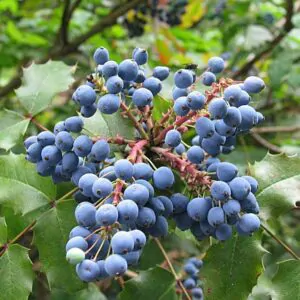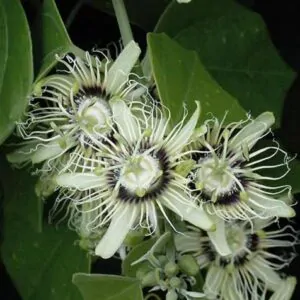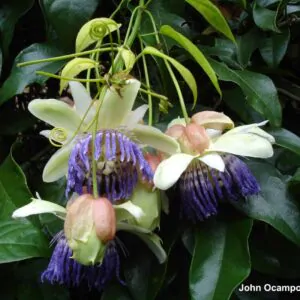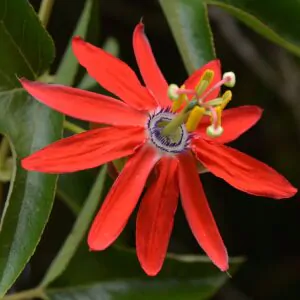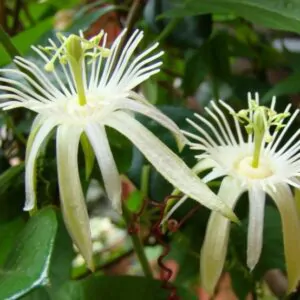$4.99
/ per pack
Choose seeds per pack:
Botanical name: Actinidia chinensis
Common name: Golden Kiwifruit
Kingdom: Plantae
Clade: Tracheophytes
Clade: Angiosperms
Clade: Eudicots
Clade: Asterids
Order: Ericales
Family: Actinidiaceae
Genus: Actinidia
Species: A. chinensis
Actinidia chinensis (Planch.), known commercially as the golden kiwifruit, is a fruiting vine, native to China. It is one of some 40 related species of the genus Actinidia, and closely related to Actinidia deliciosa, which is the source of the most common commercial kiwifruit. Fruit colour may vary from green to lime green or gold, depending on breeding.
Actinidia chinensis has a smooth, bronze skin, with a beak shape at the stem attachment. Flesh colour varies from bright green to a clear, intense yellow. This species is sweeter and more aromatic in flavour compared to A. deliciosa, similar to some subtropical fruits. One of the most attractive varieties has a red ‘iris’ around the centre of the fruit and yellow flesh outside. The yellow fruit obtains a higher market price and, being less hairy than the fuzzy kiwifruit, is more palatable for consumption without peeling. A commercially viable variety of this red-ringed kiwifruit, patented as EnzaRed, is a cultivar of the Chinese hong yang variety.
In its native habitat Actinidia chinensis grows in thickets, thick (oak) forests (e.g. Quercus aquifolioides, Quercus oxyodon, Quercus lamellosa), and light secondary forests and bushland. A. chinensis prefers slopes and likes also to grow in ravines, top heights of 200–230 m (660–750 ft), relative to the local microclimate. In Western gardens it may range 30 feet (9.1 m) in all directions, making it unsuitable for all but the largest spaces unless pruned back hard at the end of every growing season.
The origin of Actinidia chinensis is from Hubei or Sichuan, China exported to New Zealand in 1904. In China, Actinidia chinensis is dispersed in the entire southeast of the country. It was first grown commercially in New Zealand, where it has been bred commercially as the variety, Actinidia deliciosa.
Herbarium specimens, but not plants, were forwarded to the Royal Horticultural Society by the British plant hunter Robert Fortune, from which Jules Émile Planchon named the new genus in the London Journal of Botany, 1847. Charles Maries, collecting for Messrs Veitch noted it in Japan, but the introduction to Western horticulture was from E.H. Wilson, who sent seeds collected in Hupeh to Veitch in 1900.
| Weight | N/A |
|---|
